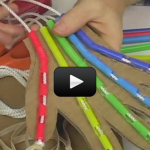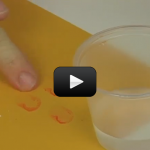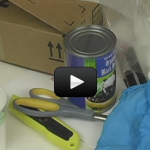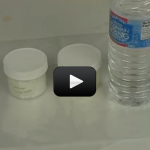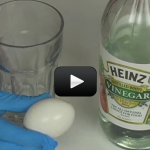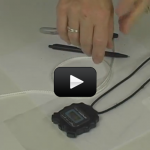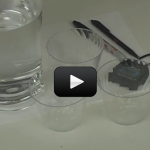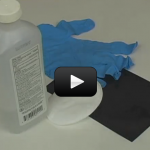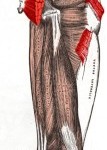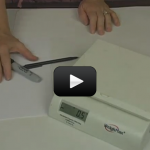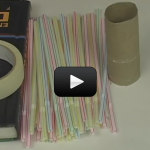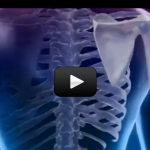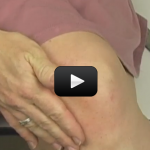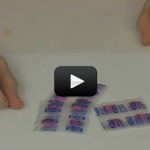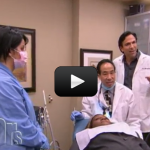Skin, Bones & Muscles
In this lesson we will go over integumentary, skeletal, and muscular systems. We will begin with a general overview of the body and then spend a section on each system. Be sure to check your understanding with the review questions, and to check out the fun experiments and activities at the end of the unit!
The first section describes how the organization of the body helps maintain the normal state—homeostasis. Here we will see that the body is made up of millions of cells. Those cells are organized into tissues. Two or more tissues helping perform the same function is called an organ. We will also see the four main types of tissues.
The second section deals with our largest organ—our skin—as well as our hair and nails. These three together are called the integumentary system. We will see the main functions of our skin, hair, and nails, as well as what they’re made out of. We will also see how to take care of our integumentary system—and what happens if we don’t.
Are bones the only thing that makes up our skeletal system? Find out in the third section: the skeletal system. Here see what bones are made of, what they do, and how to keep them healthy as well.
It’s always good to have a strong finish—so we end with muscles! How do they do what they do? What are they made of? What would an absurdly muscular man look like? All of these questions and more are answered in this section.
By the end you will have a whole new vocabulary and a whole new—and detailed—way to look at the human body.

